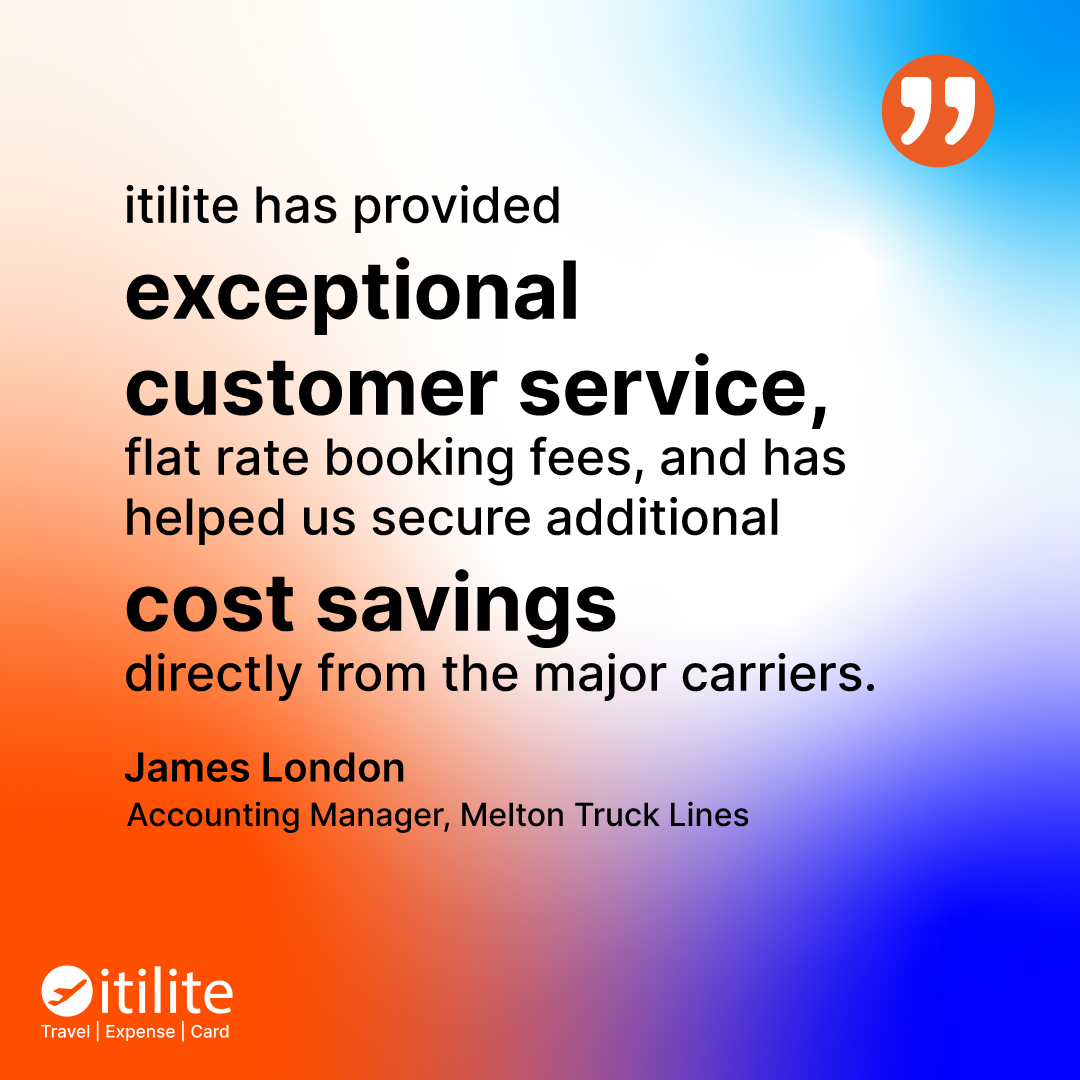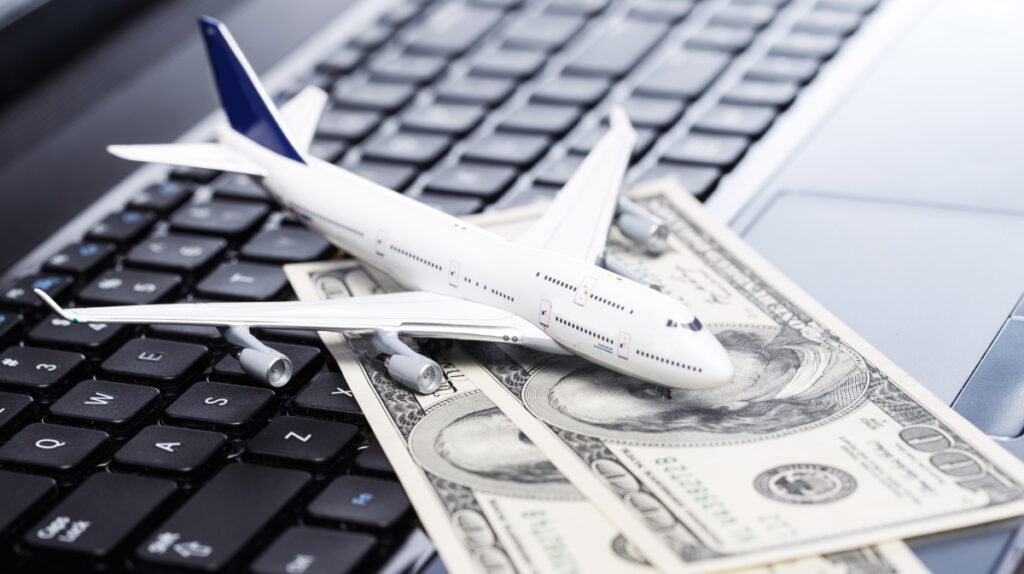
A well-defined travel and expense (T&E) policy is crucial for any company with employees who incur travel costs for business. Setting clear travel and expense policy guidelines on reporting and reimbursement ensures compliance, reduces wasteful spending, and prevents fraud.
With travel and expense management representing one of the largest controllable costs for most corporations, establishing proper policies delivers significant savings. It also streamlines employee expense reporting and makes the approval and reimbursement process.
This article outlines some travel and expense policy best practices for creating an effective policy at your organisation. Following these travel and expense policy guidelines will help control T&E costs, improve accountability, and ensure compliance with reporting regulations.
Top 5 Travel and Expense Policy Best Practices
A well-structured travel and expense policy ensures corporate employees adhere to budget guidelines while enjoying seamless business travel. Implement these travel and expense policy best practices to streamline approvals, enhance compliance, and maximise cost savings.
1. Define Clear Guidelines
A well-defined travel and expense policy guidelines controls costs and ensures compliance. The policy should clearly outline:
- Types of expenses that are reimbursable. Common categories include airfare, lodging, car rentals, taxis, parking, meals, tips, phone/internet usage, and baggage fees. Define any exclusions as well.
- Required documentation like receipts.
- Pre-approval requirements for certain expenses like international travel or expenses above a set amount. Explain the approval process and hierarchy.
- Reimbursement limits include airline and hotel class caps, meals or tips, mileage rates for personal car use, and daily per diem in different cities. Provide a table if these vary by location.
- Deadlines for submitting expense reports after trips end. Consider a 30-60 day range. Late submissions may not be reimbursed.
2. Set Per Diem Rates
Setting per diem rates for meals and lodging can simplify travel and expense management and provide clarity for employees. With per diem rates, employees receive a fixed daily allowance for expenses like meals and lodging based on the location of their business travel. This is an alternative to requiring employees to track and submit receipts for all individual expenses, which can be burdensome.
There are several benefits of using per diem rates versus requiring receipt-based expense reimbursements:
- Employees have clarity upfront on what is covered for meals and lodging. There is no need to submit receipts or itemise expenses.
- Per diems streamline the expense reporting and reimbursement process since detailed receipts do not need to be collected and reviewed. This reduces administrative costs.
- IRS per diem rates provide a reasonable, defensible standard for meal and lodging expenses based on location.
- Per diems mitigate issues with employees going over daily meal limits when using a reimbursement model. The fixed per diem amount controls costs.
3. Implement Reporting Standards
Employees should be required to provide detailed information about the purpose and goals of each business trip. Trip and expense reports should follow a standardised company format that captures key details like:
- Dates and locations of travel
- Itemised lists of expenses
- Receipts for all expenditures
- Brief trip summaries
Requiring employees to submit formal trip reports forces them to be accountable and think critically about the necessity of each trip. Reports also give finance teams the information needed to track travel spending over time accurately.
4. Regularly Audit and Optimise
Creating practical travel and expense policy guidelines is an ongoing process that requires regular auditing and optimisation. Here are some key travel and expense policy best practices:
- Monitor expense patterns: Regularly analyze your employee’s expenses to identify patterns and anomalies. Look at categories of spending, frequent travellers, expense ratios, etc. This can help uncover inefficiencies, fraud risks, and opportunities to adjust policy.
- Identify areas for policy improvement: Use insights from expense audits to determine where your policy could be enhanced. Are certain expense types too high? Are particular employees violating the policy? Evaluating expense data can pinpoint where stricter rules or limits may be beneficial.
- Simplify and clarify confusing language: If employees frequently violate certain policies or ask clarifying questions, look for ways to simplify and clarify the language. Removing ambiguity helps minimize misinterpretation.
- Update rates and thresholds: Reevaluate things like per diem rates, mileage rates, daily limits, etc., periodically to ensure they align with current conditions and costs. Outdated rates can lead to compliance issues.
- Tighten approval processes: Look for weak spots in the approval process that allow for fraud or abuse. Adding extra approvals, lowering thresholds, and enhancing exception handling can help reduce policy misuse.
- Communicate changes: Any policy updates, clarifications, and reminders should be communicated to employees. Refreshing their understanding helps maintain compliance.
5. Consider Corporate Cards
Having a dedicated corporate card helps employees avoid commingling business and personal expenses. It makes accounting and reporting much more manageable.
When evaluating corporate card options, travel managers should compare leading providers. Consider travel and expense policy best practices:
- Reporting and integration capabilities
- Available rebates on spending volume
- Level of account control and configurability
- International acceptance and support
- Reputation and customer service
The right corporate card program can significantly streamline travel and expense management.
Follow These Best Practices for Travel and Expense Policy
A comprehensive and well-communicated travel and expense policy is crucial for companies to manage costs and ensure compliance. By developing and enforcing a thoughtful policy, companies can better control one of their most considerable variable costs while keeping employees compliant. Ultimately, travel and expense policy best practices will keep your travel program financially healthy.
To make your travel and expense management hassle-free, leverage itilite software. Unlock the power of over 100 customised reports, enabling comprehensive insights into your corporate travel expenses.
itilite ensures automatic policy compliance checks, guaranteeing that every transaction aligns perfectly with your company’s guidelines. You also benefit from the expertise of itilite virtual travel management consultant, which guides you toward optimized travel strategies and cost-saving measures.
Book a free demo with us now to experience all the benefits.















